Rhodie planted in the fall - 60% of the leaves dry and curled up
chester_grant
18 years ago
Related Stories
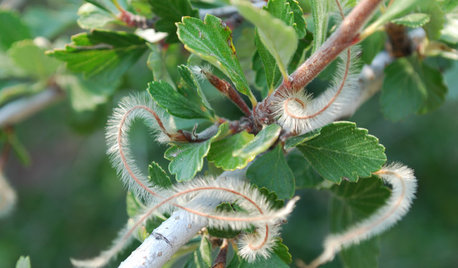
GARDENING GUIDESGreat Design Plant: Curl-Leaf Mountain Mahogany, an Easy Evergreen
Use it as an accent plant or mass it as a screen; this pine and spruce alternative is a hard worker in dry, cold climates
Full Story
FALL GARDENINGMake This Fall’s Garden the Best Ever
Learn the most important tip for preventing buyer’s remorse, plus get more valuable buying and planting advice
Full Story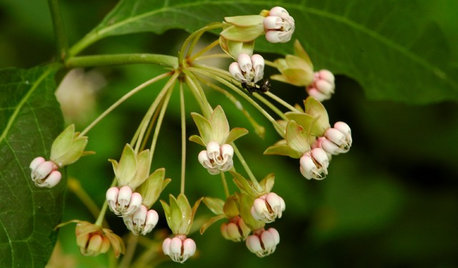
GARDENING GUIDES5 Unsung Wildflowers That Thrive in Dry Shade
Turn shady problem spots into garden idylls with with these prolific, easy-care bloomers
Full Story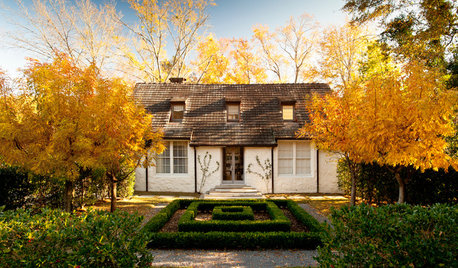
GARDENING GUIDES6 Plants for Colorful Fall Foliage in the Water-Wise Western Garden
Try these colorful, drought-tolerant additions to your garden for a fall season filled with color
Full Story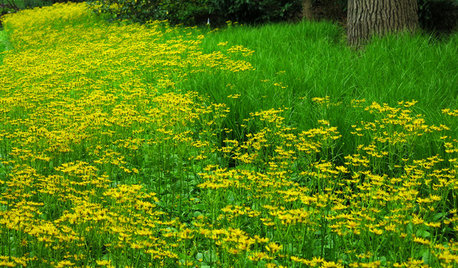
FALL GARDENING5 Native Early-Spring Bloomers to Plant This Fall
Think beyond tulips and daffodils this year with plants that you and native pollinators will love
Full Story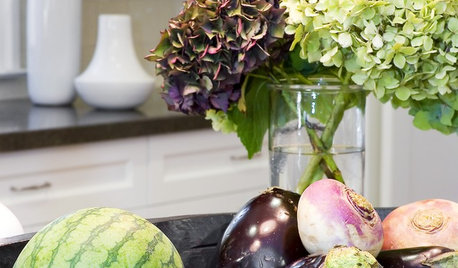
GARDENING GUIDES8 Pickable Plants for Fall Centerpieces
Cut flowers and branches make for seasonal arrangements both easy and lovely. Grow these in the garden for the look and feel of fall
Full Story
FALL GARDENINGWhy Fall Is the Best Time for Planting
Spring is overrated for planting. Starting plants in autumn has advantages for both garden and gardener
Full Story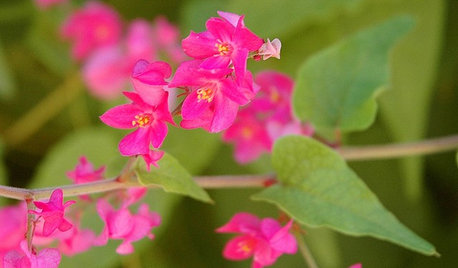
GARDENING GUIDESGreat Design Plant: Antigonon Leptopus in California and Desert Gardens
Dry climates can enjoy sprays of delicate pink flowers and heart-shaped leaves on this drought-tolerant, summer-flowering vine
Full Story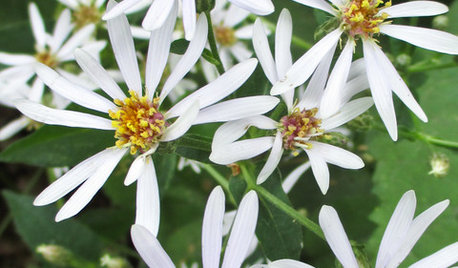
GARDENING GUIDESGreat Design Plant: Eurybia Macrophylla Fills a Void
Plant bigleaf aster in late fall for late-summer color in the shade garden
Full Story
FALL GARDENING11 Trees for Brilliant Fall Color
Give your landscape the quintessential look of autumn with the red, orange and yellow leaves of these standouts
Full StorySponsored






chester_grantOriginal Author
rhodyman
Related Professionals
Maple Valley Landscape Architects & Landscape Designers · Newcastle Landscape Architects & Landscape Designers · Goodyear Landscape Contractors · Avocado Heights Landscape Contractors · Bristol Landscape Contractors · Burien Landscape Contractors · Del Aire Landscape Contractors · East Patchogue Landscape Contractors · Inglewood Landscape Contractors · Lynchburg Landscape Contractors · Marlborough Landscape Contractors · Milton Landscape Contractors · Saint Paul Landscape Contractors · Waldorf Landscape Contractors · North Hills Landscape Contractorswinged_mammal
chester_grantOriginal Author
rhodyman
morz8 - Washington Coast
dee_can1
chester_grantOriginal Author
morz8 - Washington Coast
chester_grantOriginal Author